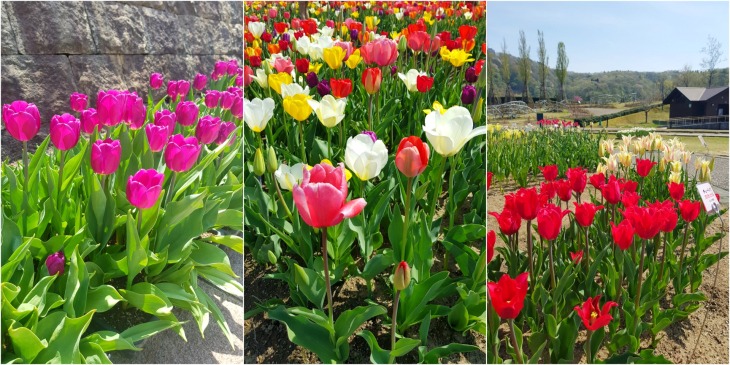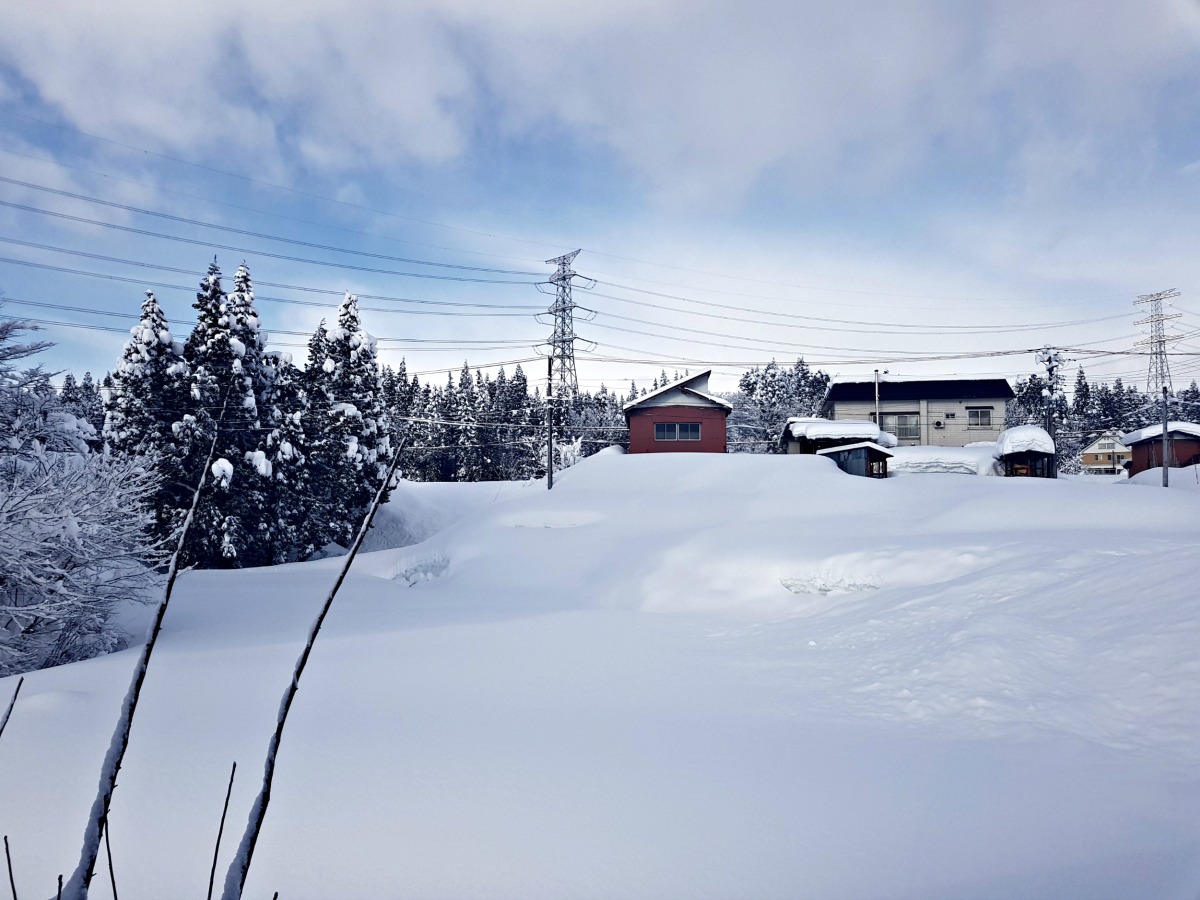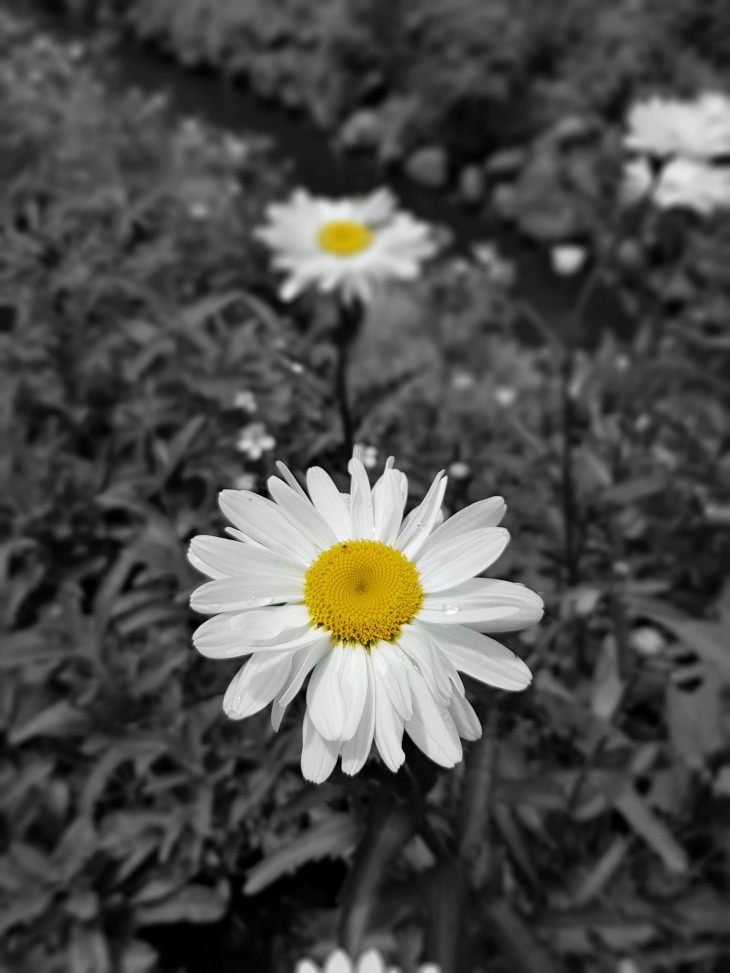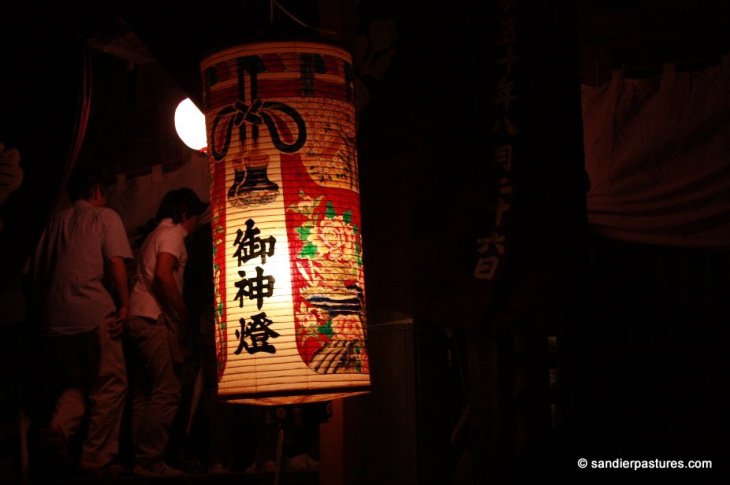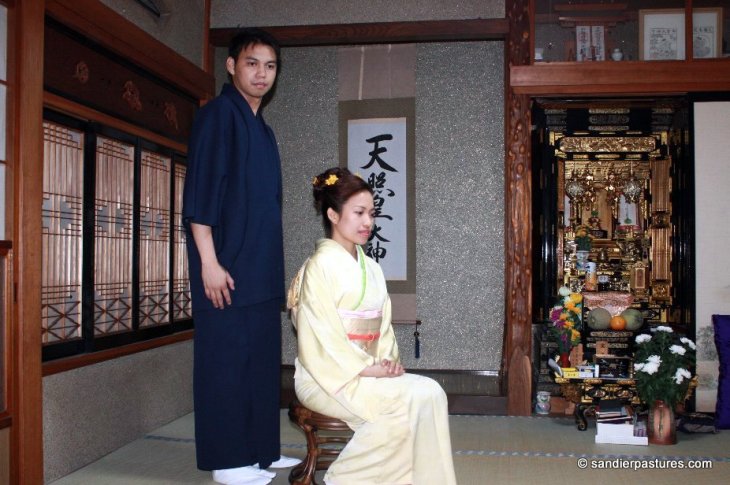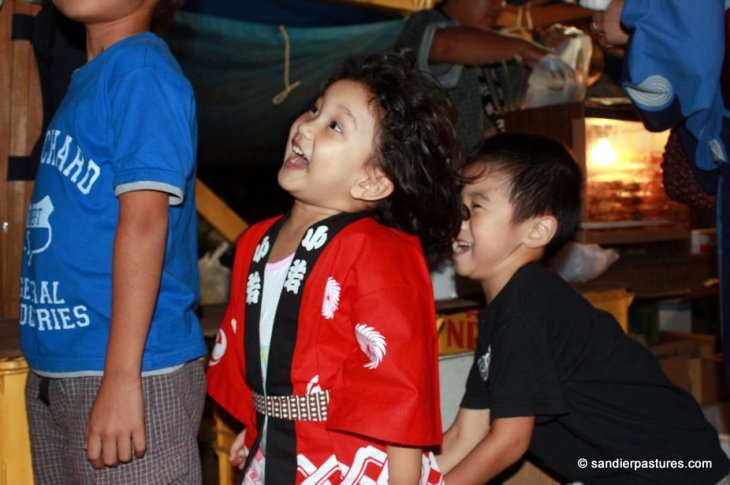
Today I looked out of our bedroom window and realized, it’s been exactly one year since we visited this countryside. Tokamachi. My husband’s hometown. The place he grew up. And though we’ve visited a few times in the past, I could never get tired of the view, be it in summer or in winter or spring and maybe fall (we will yet to experience fall soon!).
Last year when I was here with the kids, it didn’t occur to me that we’d be moving back to Japan. Much more, live here. Not at all. We stayed for less than a week but we loved all the green fields that extended as far as our eyes can see, the laid back and slow life and even embraced the noise of the frogs at night like it’s white noise lulling us to sleep.
The place we lived before, Dubai, is hideous by June, weather wise. That’s the time of the year when the kids couldn’t even go out or stay out for longer periods of time during day time due to the heat so we weren’t looking forward to going back soon. Summer in Japan is the other way around – it’s perfect from May when all the snow has melted and everything comes alive!

Little did we know that a year after, we’d end up living here, experiencing our third season (we arrived in the middle of winter!) and raising the kids here.



WHERE IS TOKAMACHI?
Tokamachi City is located in southern Niigata Prefecture, along the coast of the Sea of Japan. Though it’s a ‘city’, it’s far from being the big city in Japan that you might imagine. Five regions make up Tokamachi City and most of the area is covered by lush green forests, rice fields and suffering from huge population decline so most towns are sleepy towns, literally.


With the Shinano River flowing through the center, the city consists of a basin and surrounding hilly and mountainous areas. It is the heart of Japan’s snow country with three to four meters of snow each winter. Rice is cultivated widely in the city, a production area of well-known Uonuma Koshihikari rice.

It is about 240 kilometers from Tokyo and accessible by bullet train from Tokyo to Echigo-Yuzawa and the local Hokuhoku line from Echigo-Yuzawa station. You can reach Tokamachi City in two hours from Tokyo.

WHAT IS IN TOKAMACHI?
Clean, unpolluted air.
Delicious water from the mountains.
Vast green spaces.
Fresh food from nearby farms.
Slower pace of life.
Stars in the night.
Fireflies in the garden.
Warm and friendly locals.

While travelers tend to be drawn to Japan’s major cities, there’s much to be savored in its quiet countryside, where a different, deeper kind of beauty awaits. We have only one regret moving here. And that is, why we didn’t do it sooner.

Are you ready to explore more of Japan than the heavily congested cities full of tourists? Come visit our countryside, you will get to see less buildings and more serene shrines and temples. Less people and more natural landscapes. Afraid to get lost physically and in translation (because yes, it does happen if you don’t know the local language)? I’m happy to help! I’ll write more details about it soon.
As per statistics, the number of foreigners who visited Japan in 2017 has reached to almost 30 million, with most flocking to its vibrant capital city, Tokyo. The big city of Tokyo is great and overflowing with things to do, but there’s so much to Japan beyond the busy Shibuya crossing.









